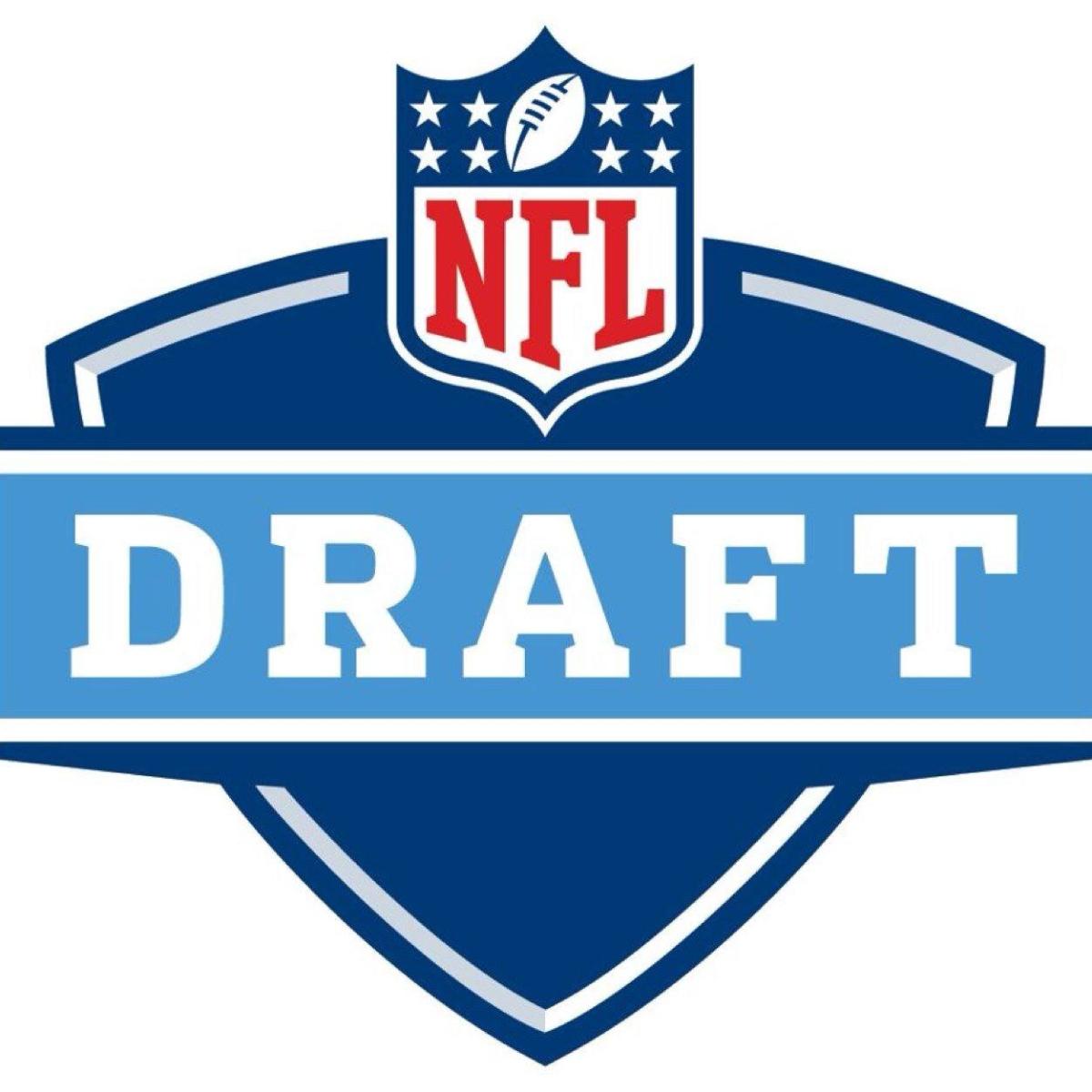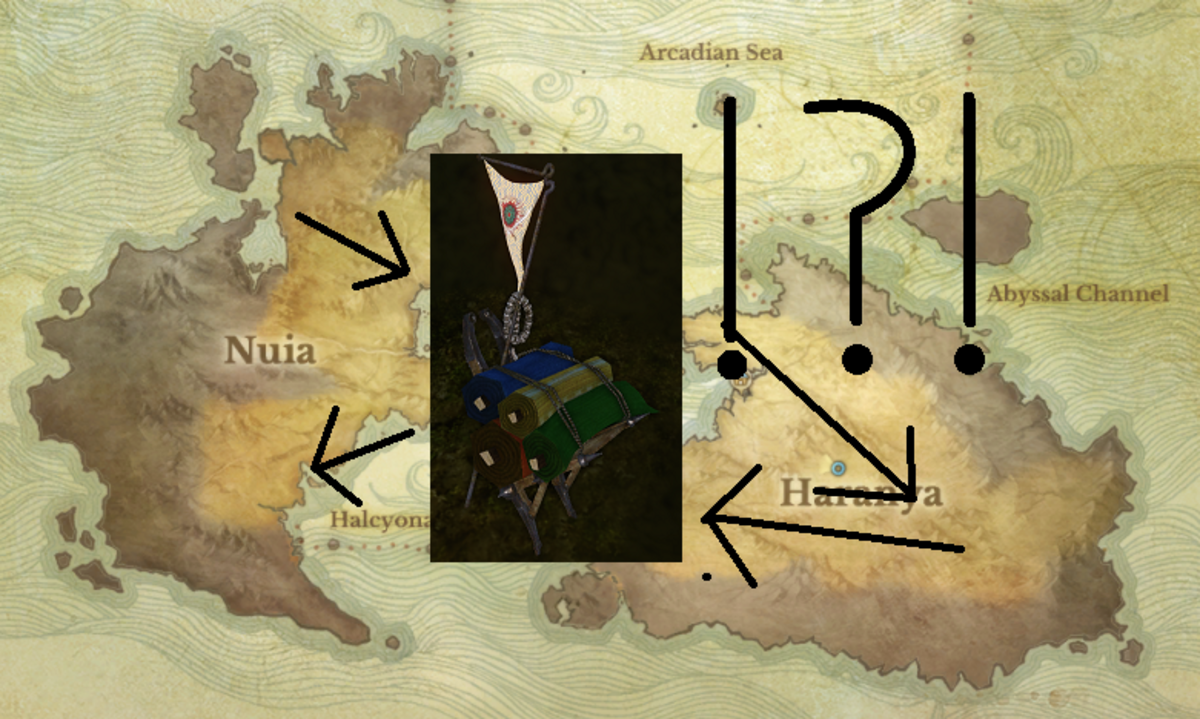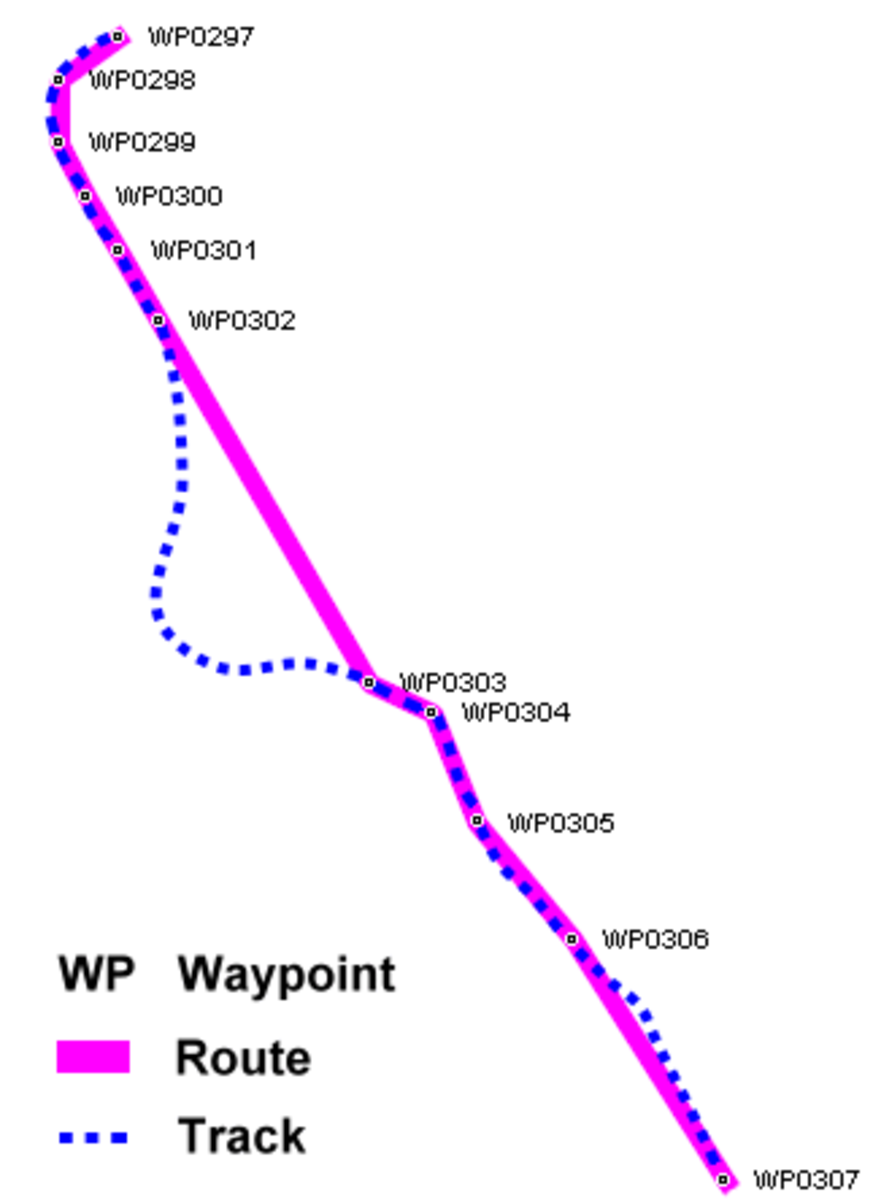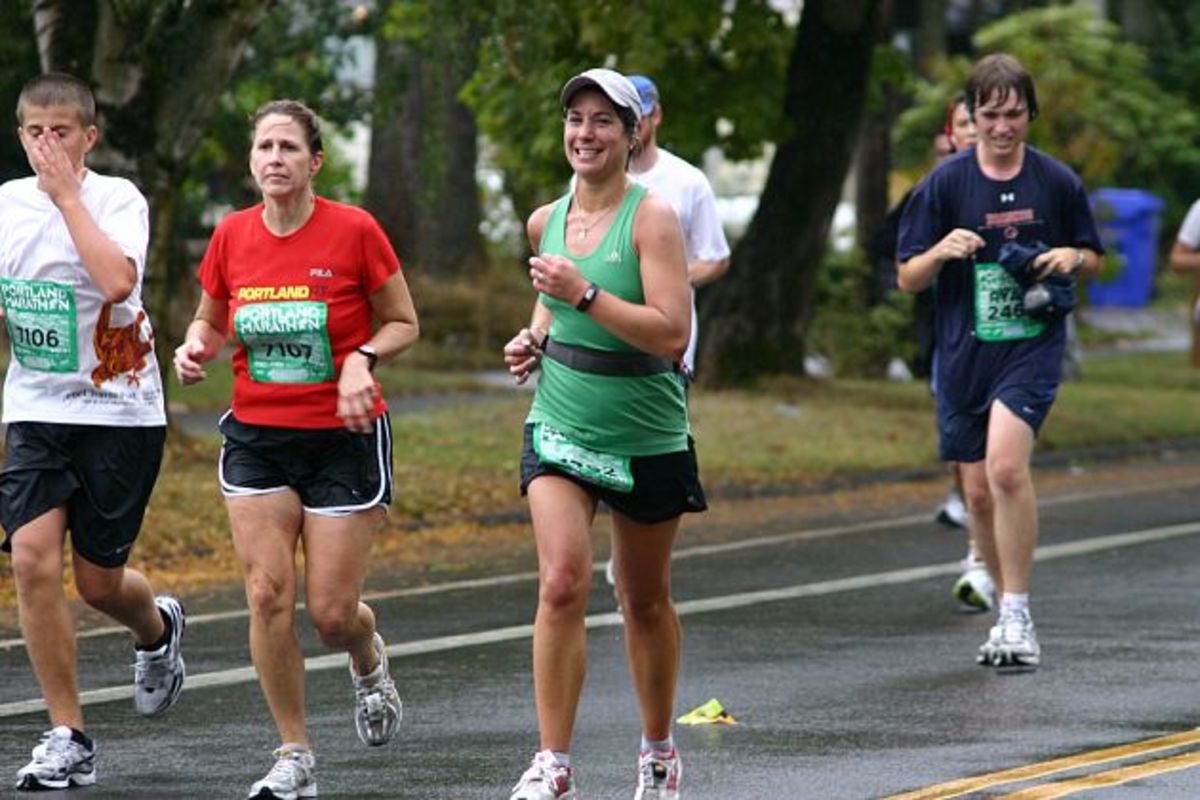How To Plan Running Routes

Choosing a good route to run on can have a huge effect on the success of your training program. It's best to consider where you will run before you leave home so that you don't get lost and have a goal in mind. Here are some questions to ask yourself when you are chooseing your running route.
1. How Far Can You Run?
Possibly the most important factor. Depending on how far you want to run that's how long you should make your route. Okay this one is pretty obvious, but it is important to give proper consideration to your fitness level. You might wish you could go for a 10K run every morning, but if it turns out you can only survive 5K, how are you going to get home if you designed a 10K route?
Don't forget to take into account any previous injuries or knee pain you've had before, just because you've had some time off and it has gone away doesn't mean it won't return as soon as you hit the road again.
2. Are There Hills?
Looking at a street map you cannot see where there are hills. And trust me hills seem much bigger when you are on foot than when you drive them in your car. So think about where the hills are. If you are just starting out you might want to design your route so you are running down the biggest hills on your route. Then as you get fitter you can make your training harder by reversing the route.
3. Is There Water?
Whilst not strictly necessary, it can be handy to run past or through a part that has a drinking fountain or tap so that you can grab a drink on the way. Otherwise you might like to jog with a bottle of water, or at the very least make sure that you are well hydrated before you leave home.
4. Out And Back, Or A Circuit?
Do you want to run along the road to a point, and then turn around and run back along the same route? Or would you prefer to run a circuit so that you get back home without running back the same way. I prefer to run a circuit, as this means you don't have to run past the same scenery twice and makes things more interesting. If an out and back route is more convenient to you, you might like to run back on the opposite side of the road , so that things are at least a little different.
The other advantage of a circuit is that there isn't the option of just turning around earlier and cutting the run short if you are losing motivation. A circuit feels like you are always getting closer to the end, rather than running away from it - even if this is not actually true and just how it feels.
5. Scenery And Variety.
Scenery is an important factor, if you are able to run somewhere with a great view, you'll enjoy it more and then it will make running more interesting. This will make it easier to get yourself out of bed in the morning to do it.
Another point to consider is that it is useful to have a few regular routes prepared, because even if the scenery is great running the same path every day is going to become monotonous and boring after a while. So it is nice to be able to mix things up.
6. Tools For Planning
Whilst Google Maps is a good starting point for planning out routes, specialist tools like RunKeeper's route planner or runningmap.com can be useful because they can clearly show you distances and elevation changes.
Once you've got your route settled you might find my list of the best apps for running helpful to tracking and improving your performance.









